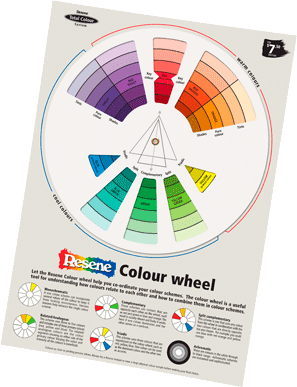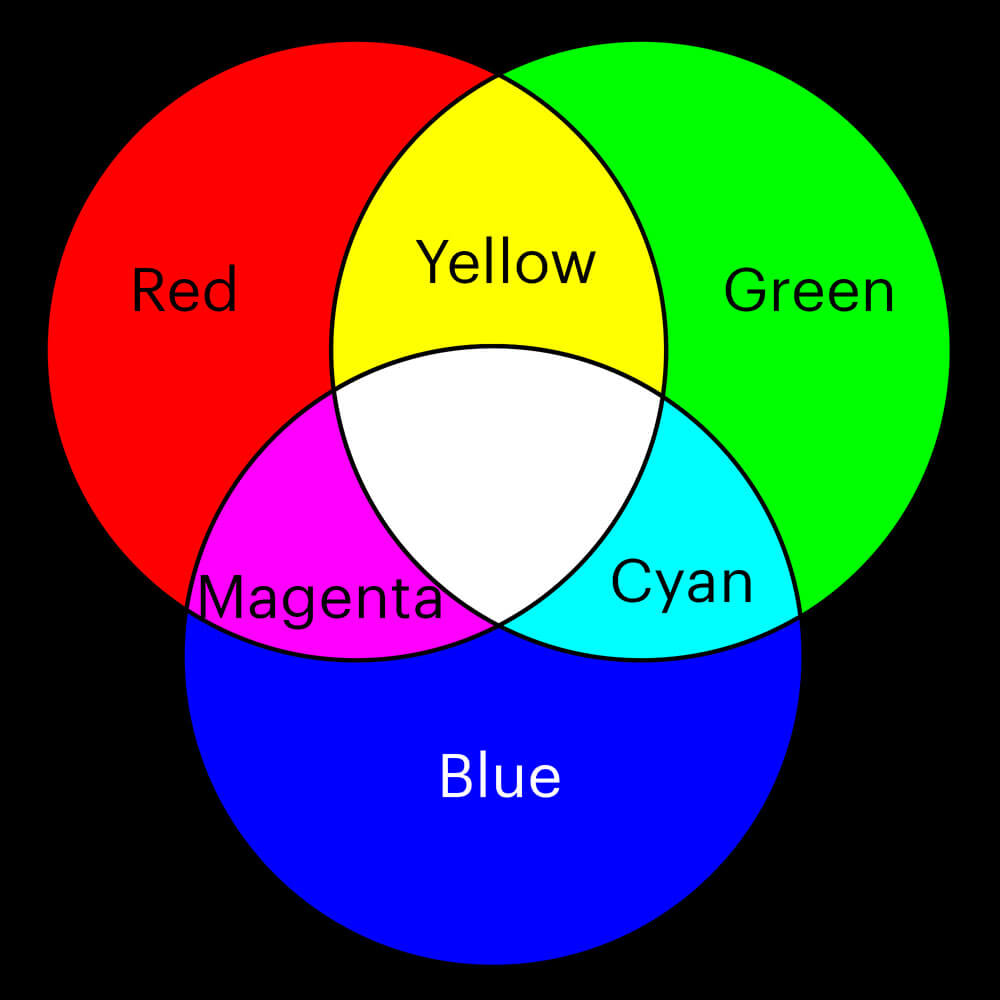

The thing you have to watch out for with analogous colors, is that sometimes, because they're right next to each other on the color wheel, they might not give quite as much interest to whatever you're working on.

So it's a great idea to use one base color and use some analogous colors maybe for highlighting, or to brighten something up. So those would be orange, yellow, red, or red, purple, blue, or blue, green, yellow - any of those color combinations work well together. Analogous colors are colors which are right next to each other on the color wheels. Analogous Colors:Īnother set of colors that are very commonly used, are analogous colors. If you start looking at packaging, you're going to see some of these color combinations. Again, those three colors work very well together. If you look at children's toys, a lot of the times you'll see red, blue, and yellow used together - there's a reason for that! It's because again, these colors function very well together.Īnother triad that you'll find is purple, green, and orange. So an example would be red, blue, and yellow. Triads are three colors that make a triangle. Something else that you can find on the color wheel, are triads. If you've seen certain artists, you may not even know why they're your favorite, but probably because they're using complimentary colors in some of the pieces that you're looking at.

When you use those, it's going to help a composition have more interest to the eye and look better. So the complimentary colors that you should know about are blue and orange, red and green, and also purple and yellow. And the thing about complimentary colors, is that they're very pleasing to the eye when they're used together - not mixed together, but just used with each other in a composition, a painting, and face painting. Complimentary colors are right across from each other on the color wheel. You can use that order to help you make good choices when you're face painting.įor example, you've probably heard of complimentary colors. You're going to notice one thing about it, it's got colors all the way around the outside, but they're in a very specific order. In making color choices, it's helpful if you have a color wheel as I have my trusty color wheel here.

Because they're especially pleasing on the eye (and easy to come up with), designers often draw inspiration from the analogus color schemes for product designs.If you haven't had any training in color theory, you may be choosing your colors intuitively based on what appeals to your eye. Knowledge of how colors interact, however, can remove much of the guesswork and help you make safe color choices while you're face painting. For example, Vincent Van Gogh used an analogous color scheme of green, blue-green, blue and blue-purple in his “Irises in a Vase” painting. Analogous colorsĪnalogous colors are any three colors next to each other on the wheel, composed of one dominant color (usually a primary or secondary color), then a supporting color (a secondary or tertiary color), and a third color that is either a mix of the two first colors, or an accent color that pops. Schemes remain harmonious regardless of the rotation angle. The harmonious color combinations are called color schemes. Any three colors equally spaced around the color wheel will form a triangle, and any four colors will form a rectangle (actually, two pairs of colors opposite each other). According to color theory, for harmonious color combinations suit any two colors opposite to each other on the color wheel.


 0 kommentar(er)
0 kommentar(er)
